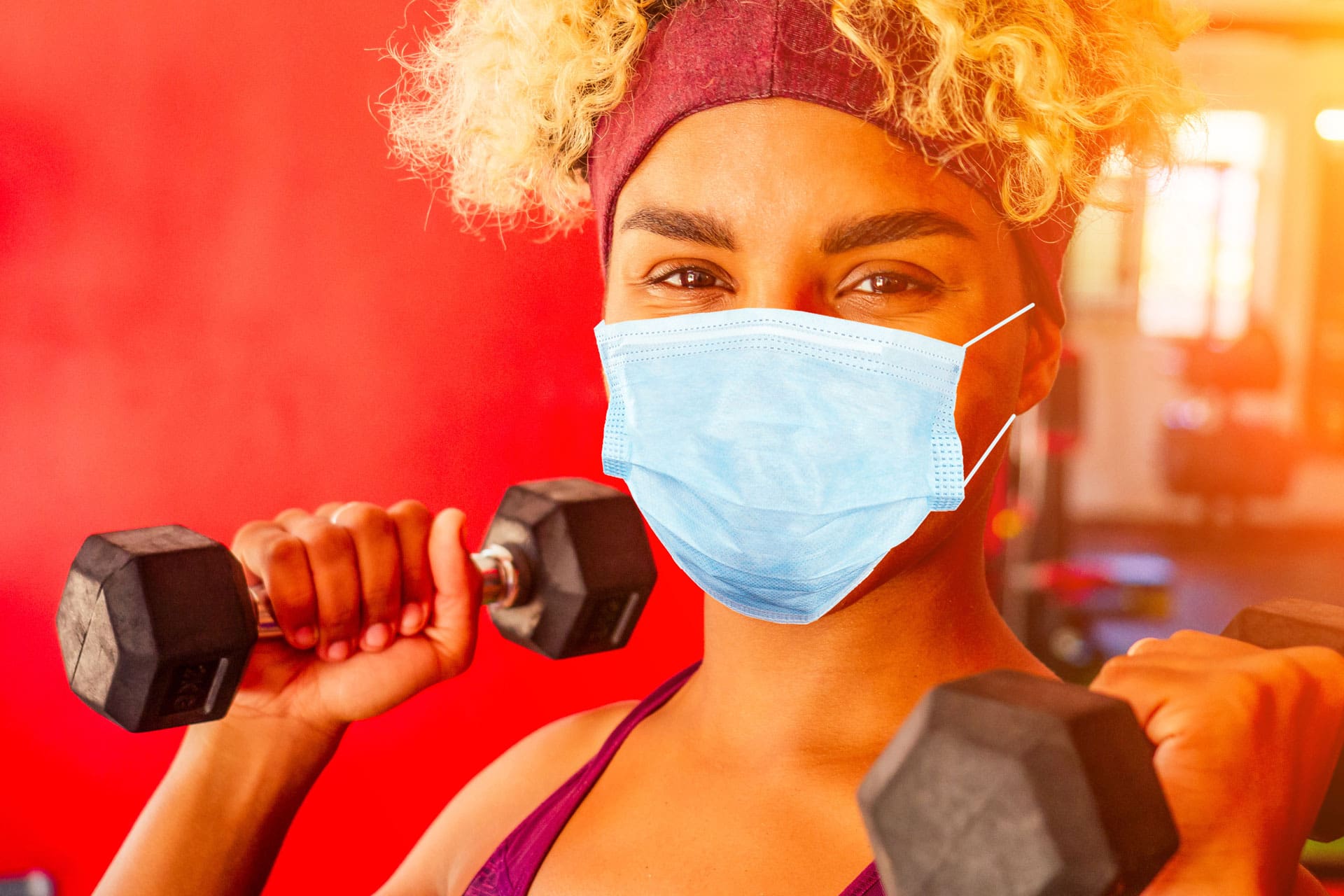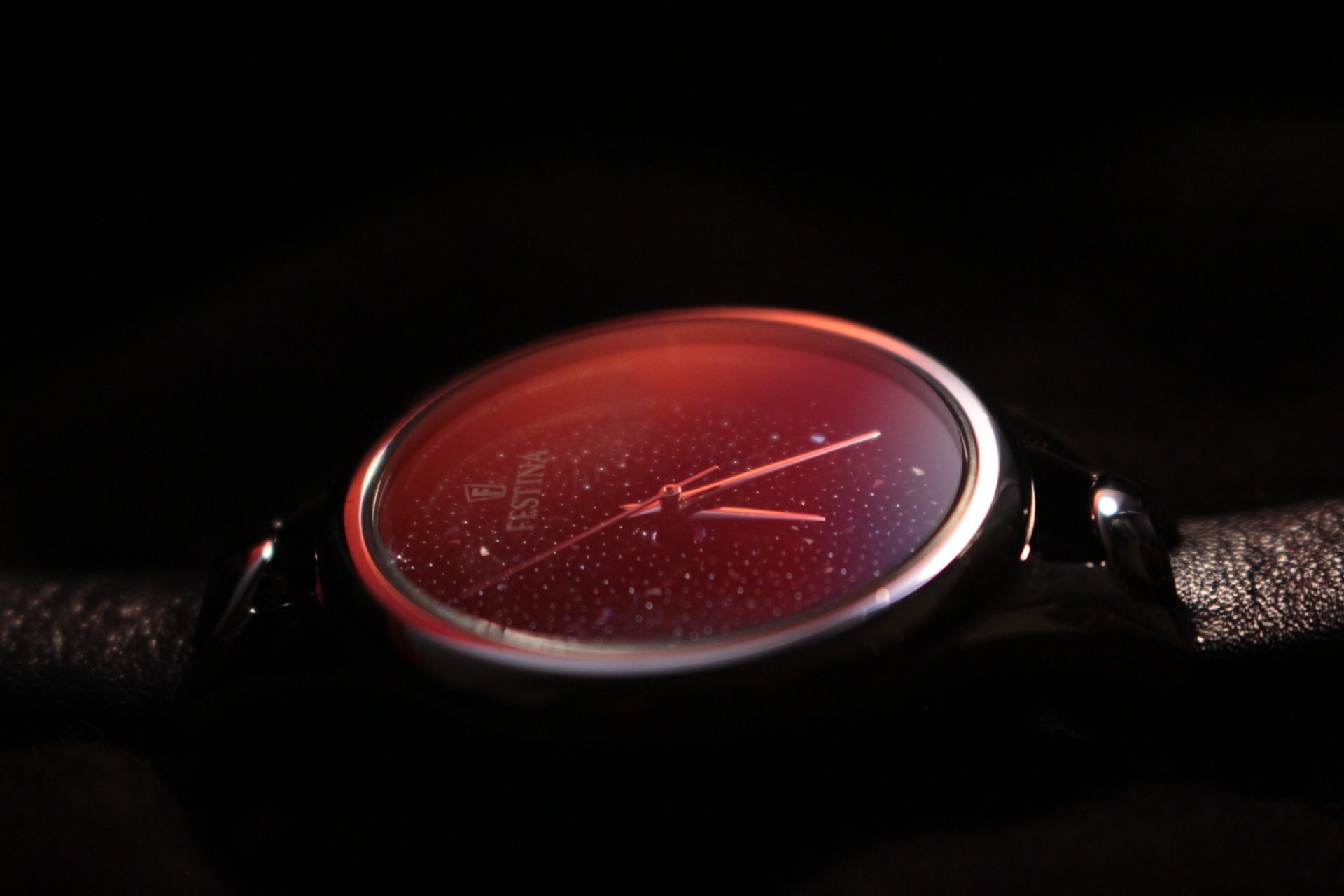By Priya Mangroo
Introduction to Altitude Training
There are many novel forms of training that may improve an athlete’s performance. New research studies are being conducted to help improve skills and increase overall performance. Altitude training is one of the more controversial forms of training used over the years. The process involves allowing the body to perform under hypoxic conditions. These conditions involve training with insufficient oxygen essential to maintain normal functions. This specific method of training focuses on the body adapting to a low atmospheric pressure, in order to excel in when performing at lower altitudes (higher atmospheric pressure environments).
Historical Background: The 1968 Olympic Games
The 1968 Olympic Games were held in Mexico City, one the world’s highest cities, at 7,382 feet (2,250 meters). This environment created difficulties with aerobic athletic performance. Some of the competing Olympic athletes could not even achieve their average training standards. Others, who used altitude training, were able to excel. Scientists conducted studies using altitude training in the 1960’s to look at the physiological effects on the test subjects. Over the years, devices have been developed, such as the EMT (Elevation Training Mask), that mimic the conditions of higher altitude training without having to physically change elevation. This is convenient to both the trainer and trainee.
Health Risks of Altitude Training
Though altitude training has been shown to increase athletic performance, it is not suitable for everyone. There are health risks from a variety of altitude sicknesses. Some classic symptoms are headache, nausea, and rapid breathing. High-Altitude Pulmonary Edema (HAPE), and the more dangerous High-Altitude Cerebral Edema (HACE) can occur as well. Both conditions are severe and potentially life threatening.
Research and Early Studies on Altitude Training
There are several factors that may influence an athlete’s performance. These factors include skill, endurance, strength, and most importantly, recovery. Together with these are the physical and mental aspects that can impact athletic performance. Altitude training has been a method used to increase performance in aerobic athletes. Some of the earlier use of this specific training method dates to the early 1960’s. At the 1968 Olympic Games, a political unrest and protests were happening. More importantly, there was a noticeable drop in athletes’ performances, especially among those competing in aerobic events. The difference in elevation from where the athletes’ trained, versus where the games were held was thought to be the cause.
In 1965, environmental and exercise physiologists conducted research on the physiological effects of altitude. The findings were used for athletes preparing for the 1968 Olympic Games. Researchers used 6 men from the Penn State University collegiate track team as the test subjects. Their athletic performance and physiology were studied while they performed timed running trials and other physical activities at different locations and various altitudes. After tests were complete, researchers concluded that the runners performed better after retreating from altitude, though they did not specify a reason as to why there was a change in performance.
Physiological Effects of High Altitude
This may be an opportune time to understand what happens when performing in higher altitudes. Though the percentage of oxygen in the air does not change with altitude, the atmospheric pressure does. Because of this change, oxygen molecules tend to spread out when atmospheric pressure decreases, although the percentage of oxygen in the air remains constant.
The oxygen molecules scattered at increased elevations can make breathing, even at rest, to become more difficult. This results in a reduced oxygen content in the blood. This is condition is referred to as hypoxia. Altitude training repeatedly exposes the athlete to a decreased level of oxygen. Once the athlete is in a hypoxic state, the body is challenged to work with less oxygen available.
Cellular and Hormonal Adaptations
When looking at what provides energy for the body’s cells, oxygen is only one of the factors. But in hypoxia, oxygen is limited, so a “substitute” is introduced, according to a 2007 study. This substitute is a protein called Hypoxia-Inducible Factor (HIF)-1. Another triggered response to hypoxia is the increased production of EPOs (erythropoietin). This response would encourage the production of red blood cells in the body to help transport oxygen.
Over time, this will allow the body to work more efficiently on a limited amount of oxygen. An athlete training under hypoxic conditions would have a higher aerobic capacity as well as the adaption of transporting oxygen more efficiently. However, a 2021 study reported that this process would be halted and return to normal shortly after not training in low atmospheric pressure.
Training Devices that Mimic High Altitude
Though altitude training traditionally takes place in high altitude environments, there are devices that can mimic the conditions for this specific form of training. The Elevation Training Mask (EMT) can imitate altitude training by creating respiratory resistance. The mask would create the more difficult breathing environment an athlete would encounter when training at higher altitudes. A 2016 study suggested that restrictive respiratory training devices may increase endurance as well as VO2max.
Drawbacks and Limitations
With all these positive effects of this training process, there are some drawbacks. A 2016 study suggested that fatigue, labored breathing, headaches, and the inability to train as intensely could result. Altitude sickness may occur within the first few hours of being exposed to altitude. Symptoms should resolve, but there are more severe sicknesses than can happen at higher altitudes. High-altitude pulmonary edema (HAPE) and high-altitude cerebral edema (HACE) can appear and are possibly life threatening. The easiest remedy for altitude sickness is to descend to a lower elevation until symptoms subside.





































